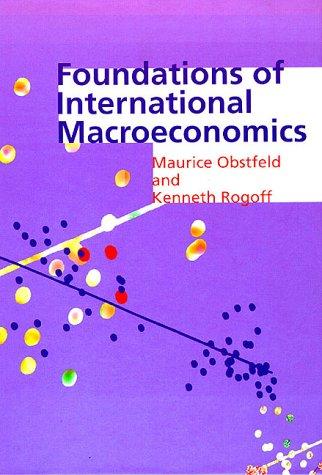5. Fiscal policy with moral hazard. Consider again the model of section 6.4.1 (with only a first-period
Question:
5. Fiscal policy with moral hazard. Consider again the model of section 6.4.1 (with only a first-period endowment), but now assume that for every entrepreneur, there is a "saver." Savers have the same utility function and initial endowment Y, as entre- preneurs, but do not have access to any investment project. They can either lend their money to local entrepreneurs or lend abroad at rate 1+r. Note that the presence of local savers does not change the determination of equilibrium investment, since they do not affect the world interest rate. Assume that Y, is sufficiently small so that in market equilibrium, investment is below its full-information efficient level. Can you think of any way a home social planner can make some agents better off without making any others worse off? Assume that the social planner faces the same information constraints as other agents; that is, the planner is not able directly to observe an individual entrepreneur's choice of 1. only final project output Y (which equals either Z if successful or 0 if not). Consider a scheme whereby the planner makes each saver pay a first-period tax of t, transferring the income to entrepreneurs. Then, in the second period, the planner places a tax t on successful entrepreneurs, transferring the money back to savers.
Step by Step Answer:

Foundations Of International Macroeconomics
ISBN: 9780262150477
1st Edition
Authors: Maurice Obstfeld, Kenneth S. Rogoff






